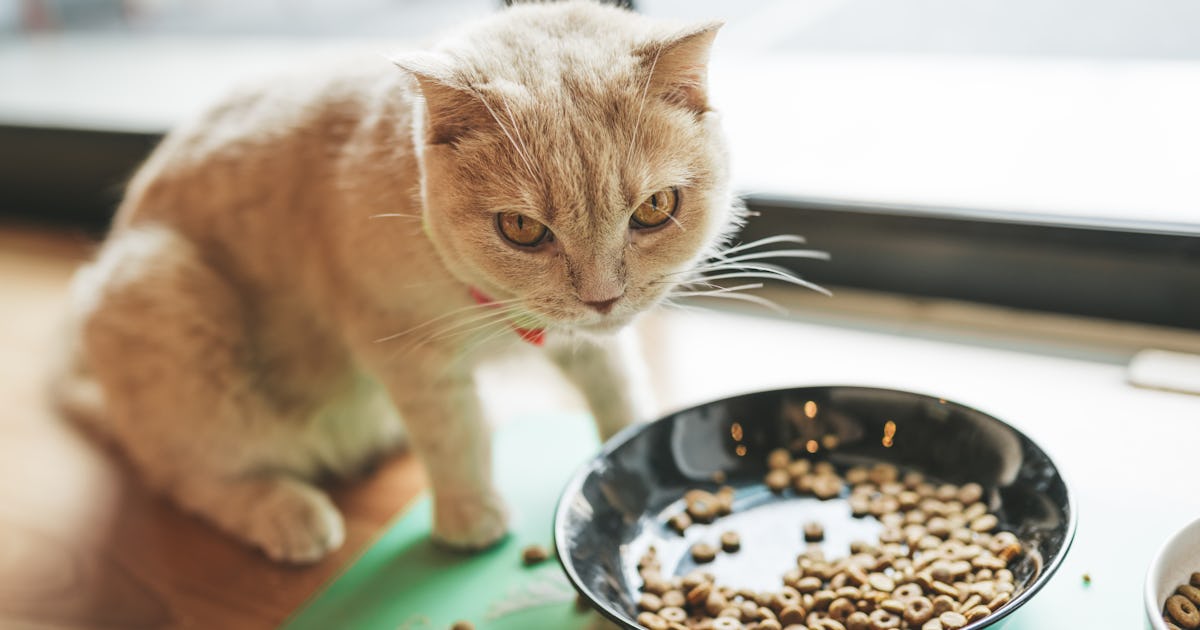Leigh Siegfried | Source | CEO and Founder at Opportunity Barks

Leigh Siegfried
I have 20+ years of experience as an award-winning dog trainer and am the founder of Opportunity Barks. My experience ranges from training 10,000+ dogs and their humans to managing and running a dog training business with three studio locations, training trainers, consulting within dog daycare, dog walking, and animal welfare organizations to conference speaking, and a smartphone’s worth of dog and client caseload in my head from 20 years of immersive work, including working with the seized Michael Vick dogs. My speaking experience includes on-air appearances, weekly lives, Petfinder's Adoptions Options Tour as a dog training expert, and being a twice-featured speaker at the Humane Society of the United States (HSUS) Conference.
I am the Founder of Opportunity Barks Behavior & Training, a full-service dog training company that offers in-studio and on-demand training for dog owners- lessons, puppy development and socialization, and drop-off training programs in the Greater Philadelphia Region, as well as online learning for dog owners all over the world.
-
Opportunity Barks
CEO and Founder
started Jan 2003
-
Can I feed my pet only dry food? Why the answer is different for cats and dogs
Dry food is better than wet from an environmental perspective, a new study finds. But is it safe for pets?
Article -
Why Your Dog Needs Its Own Video Games, and How They May Even Be Good for Them
While video games for pups may involve more fetching and drooling than, say, your average Call of Duty title, experts claim there are several benefits to the idea.
Article -
How to make a dog and cat get along: 5 tricks to do the seemingly impossible
AT FIRST GLANCE, cats and dogs might seem like creatures from two different planets. Humans tend to stereotypically view cats as aloof and unpredictable and dogs as loyal and expressive. Experts say these stereotypes are exaggerated and not totally accurate, but pet owners may still worry about cohabitating with two animals that display different communication styles — and potentially consider each other prey and predator.
Article
-
Expert Tips for Choosing the Perfect Dog Crate
Leigh advises choosing size-appropriate crates with bedding if safe. "Wire crates are ideal for training," she notes, while Ruffland and Impact models suit destructive dogs. Ensure the crate allows your pup to stretch but not roam, preventing accidents. Collapsible crates are travel-friendly. Use covers for comfort, but ensure airflow. Upgrade crates as dogs grow, maintaining comfort and training.
-
Leigh Siegfried, the founder of dog training firm Opportunity Barks, said that canines could benefit from games that offer "biological fulfillment of species-specific behavior," like hunting and eye stalking.
-
Can cats and dogs live in the same household?
It’s best to either socialize them early on in life so they don’t develop predatory behaviors, or look for dogs with low prey drives that will be okay with cohabitating with a cat so you are “minimizing stress to either species as they begin to develop this relationship within a shared space,” Leigh Siegfried, founder of the research-based dog training company Opportunity Barks, tells Inverse.“However, if you bring a cat into a home that isn’t used to cohabitating with dogs, you could get a lot of avoidance and flight behavior from the cat, which can trigger a dog to chase,” Siegfried says.
Having separate spaces where they have the option to interact with each other — or avoid or simply observe each other if they choose — will keep each safe and allow them to move about the space without being chased. Siegfried refers to this type of setting as “managed inclusion.”
Also, experts say you can consider using dog crates, baby gates, and closed doors to help carve out these separate physical spaces. This might involve placing gates throughout the house or keeping the dog in a crate with a visual barrier while allowing the cat to roam free. Delgado says the litter box should ideally be kept in the dog-free area.
Siegfried adds, “The priority is helping both species establish a secure physical, mental and emotional space — not just physical space.”
Finally, Siegfried says you can try to exercise thoroughly outside the home and then bring them home to explore the home — on a leash — as the cat and dog are still getting to know one another.
-
It's not unusual for our canine companions to have a favorite toy, but have you ever wondered why your dog prefers a particular toy over others?
Leigh Siegfried, CEO and founder of Philadelphia-based training school Opportunity Barks, told Newsweek it's down to personality and "biological fulfillment."For dogs who enjoy "hunting," they'll likely favor items they can stalk, grab, shake or shred, while others might prefer "interactive" toys that can toss, pick up, move or roll around with.
Siegfried said that a dog's breed and developmental stage can also influence their taste in toys. For example, field or hunting dogs, such as retrievers, love to carry toys around in their mouth as they were bred to fetch fowl for their owners."A dog whose teeth are coming in will have a greater need to chew and exercise the jaw," she said.
"If I have a dog that skews more towards a genetic history of being a stray or free-ranging dog, then they might have the instinct to store toys or chew items."

:max_bytes(150000):strip_icc()/GettyImages-139720130-20e0120d782745148f8444d047061788.jpg)





